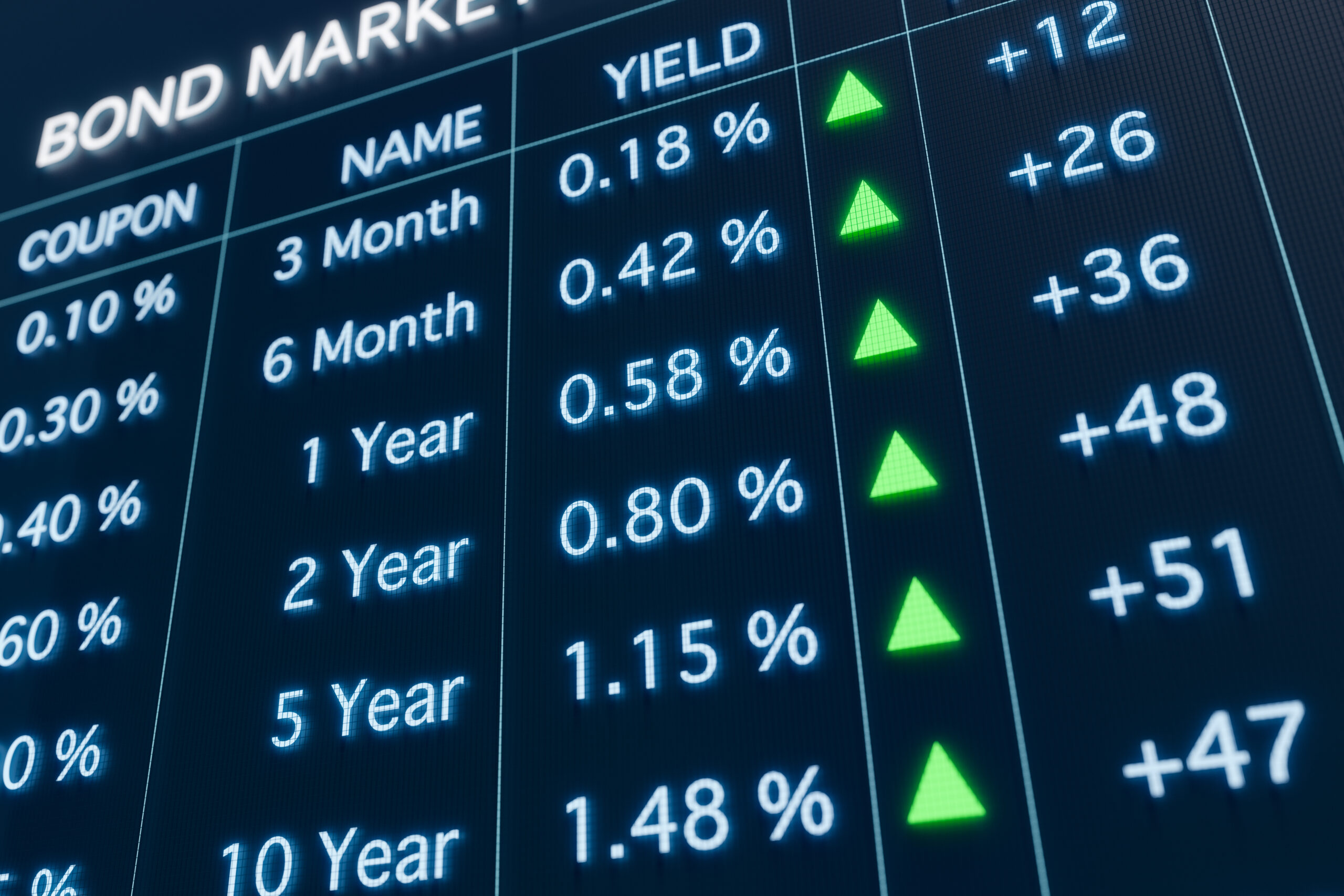
As of 21 November OnePlatform MPF Composite Index was 221.50, with a 5.78% month-to-month increase.
In November, the US inflation rate slowed down and concerns about energy shortages gradually dissipated, driving market optimism. The MPF index across the board recorded a month-on-month rebound. OnePlatform MPF Equity Index increased the most, with an 8.03% month-to-month increase. OnePlatform MPF DIS Core Accumulation Index increased by 5.71%. OnePlatform MPF DIS Age 65 Plus Index and OnePlatform MPF Bond Index increased by 3.64% and 2.75% respectively.
Summary of MPF Fund Performance in November
U.S. inflation rate falls and energy shortage worries gradually dissipate, leading the market to recover. Further, both Brent and crude oil futures declined by 4.91%, while wheat prices fell by 2.36%. Fears around energy shortages are also dissipating as countries near their target stockpiles. Positive returns were broad-based across regions and asset classes, and the CBOE Volatility and VSTOXX indices displayed steady declines throughout the month. Global Equity Fund increased 7.65% in November.
Optimism of equity market extended to the fixed income market. Although still high, yields on long-dated government bonds fell during the month, including 10-year Treasuries (-0.4 percentage point), Bunds (-0.41 pps), gilts (-0.72 pps), Japanese bonds (-0.01 pps) and Chinese government debt (-0.11pps). Asia Bond Fund and Global Bond Fund rose 3.13% and 3.95%, respectively.
Equity Funds:
US markets faced many challenges over the month, including a high rate hike and large layoffs at Amazon, Facebook and Twitter, as well as market value drops in big-name firms including Amazon (-22.51%), Meta (-15.25%), Alphabet (-5.47%) and Tesla (-21.72%). However, optimism resulted in net gains, with value stocks outperforming their growth counterparts – the Dow Jones Industrial Average climbed 11.10% compared to the Nasdaq Composite’s 3.86%. In November, United States Equity Fund returned 6.23%.
Although the Europe is facing a cost-of-living crisis, optimism spread from the US across the Atlantic, with the FTSE 100 and Euro STOXX 50 indices gaining 6.24% and 11.92%, respectively. Meanwhile in Germany, the economy unexpectedly grew in the third quarter, delaying the recession and driving up the DAX index 12.63%. Overall, Europe Equity Fund posted returns of 11.64%.
Japanese markets and yen benefited from lower inflation in the US and the subsequent hope that Fed hikes will decrease. The benefits outweighed negative Q3 growth figures, and the Nikkei 225 and TOPIX indices rose by 3.47% and 4.07%, respectively. Japan Equity Fund increased 7.36% in November. A high number of Covid cases and continued lockdowns in China weighed on sentiment but the government’s plan to boost the real estate market as well as whispers surrounding looser Covid-related restrictions went a long way to improve sentiment and the CSI 300 gained 0.37% over the month. US audit officials also completed their first inspections of US-listed Chinese firms, and the Nasdaq Golden Dragon China Index climbed 10.73%. Meanwhile, Hong Kong indices clawed back much of their previous losses, with the Hang Seng and Hang Seng Tech indices returning 8.45% and 19.92%, respectively. Equity Fund returns were also very positive in November. Hong Kong Equity Fund increased by 8.60%; Asian Equity Fund increased by 8.41%; Greater China Equity Fund increased by 10.64%; and China Equity Fund increased by 7.62%.
Mixed Assets Funds:
Mixed-asset funds gained from positive performance across asset classes, with equity-heavy funds benefitting more than their fixed interest-heavy counterparts. Mixed Assets Fund (21% to 40% equity) returned 4.67%, while Mixed Assets Fund (81% to 100% equity) rose by 7.89%.
Meanwhile, money market sectors – predominantly comprising short-term borrowings and deposits – continued to show relatively little movement, with returns of 0.07% to 0.22%.
Market review in November
News agencies were not short of headlines in November given the energy squeeze, consequential elections and a cryptocurrency crisis. Moreover, Bali hosted the G20 summit where world leaders convened to discuss the ongoing war, high oil and food prices, and emerging market debt. Notably, US President Joe Biden and Chinese President Xi Jinping met prior to the event. The heads of state walked away promising to make an effort to repair the strained relationship between the two biggest global economies, and also agreed to cooperate on issues such as climate change and food security. Despite the volatile news cycle and lackluster third-quarter growth figures, markets appear optimistic that the worst is over and that inflation and subsequent central bank tightening have peaked.
Fed: quite a way away from pausing rate hikes
The US Federal Reserve hiked its key rate by another 75 basis points and Chair Jerome Powell said there is still “a way to go” before the central bank will take its foot off the monetary brake. However, the slight uptick in unemployment (3.7%) and positive inflation data overshadowed his insistence that interest rates are still climbing. Indeed, inflation fell from 8.2% to 7.7% in October, core inflation dropped from 6.6% to 6.3% and producer price inflation fell to its lowest level in over a year. Adding to the good news, third quarter GDP growth of an annualised 2.6% beat estimates. Meanwhile, the long-awaited midterm elections saw the Democrats hold on to a majority in the Senate but lose the House, making it easier for Republicans to stall Biden’s agenda.
Bank of England set for biggest rate hike in 33 years
In the UK, the Bank of England also raised its benchmark rate by 75 bps – the highest increase in more than three decades – to try to curb inflation, which surpassed forecasts, hitting a four-decade high of 11.1% in October. The Central Bank expects high inflation to persist in the near term and warned that the 0.2% drop in GDP in the third quarter was the beginning of a “very challenging” two years. On the fiscal front, the UK’s new Finance Minister announced a £55 billion plan to cut government spending and increase taxes, adding that “there’s a lot more to come”. Prices are also rising on the continent, with Eurozone inflation reaching a record-high 10.6%, driven by energy, food and industrial import prices. The European Commission raised its 2022 inflation forecast to 8.5% and expects high prices to persist into 2023.
China eased property policies to stave off market panic In Asia, China posted seasonally adjusted third-quarter growth of 3.9%, above expectations. However, the Caixin China General Manufacturing and Services PMIs are both still in contraction territory as Covid-related lockdowns affect output. On the bright side, factory gate prices fell 1.3% in October, the government issued a new plan to boost the real estate market, and there are whispers that restriction rules may loosen. Hong Kong’s economy, meanwhile, shrank by 2.6% over the quarter but there was some respite as inflation fell from 4.4% in September to 1.8%.
Japan continues to buck the trend, maintaining an ultra-loose monetary policy despite core inflation reaching a 40-year high of 3.6% and the yen hovering around decade-long lows. High import prices and slower global growth saw Japan’s economy unexpectedly contract by an annualised 1.2% in the third quarter.
You May Be Interested In

OnePlatform Asset Management | 06 May 2024
Exploring the Potential of U.S. Equity Funds: Analyzing Factors Driving the U.S. Stock Market
OnePlatform Asset Management | 05 Mar 2024
Exploring the Beenfits of Investment-Grade Bond Funds in the Current Market Environment

